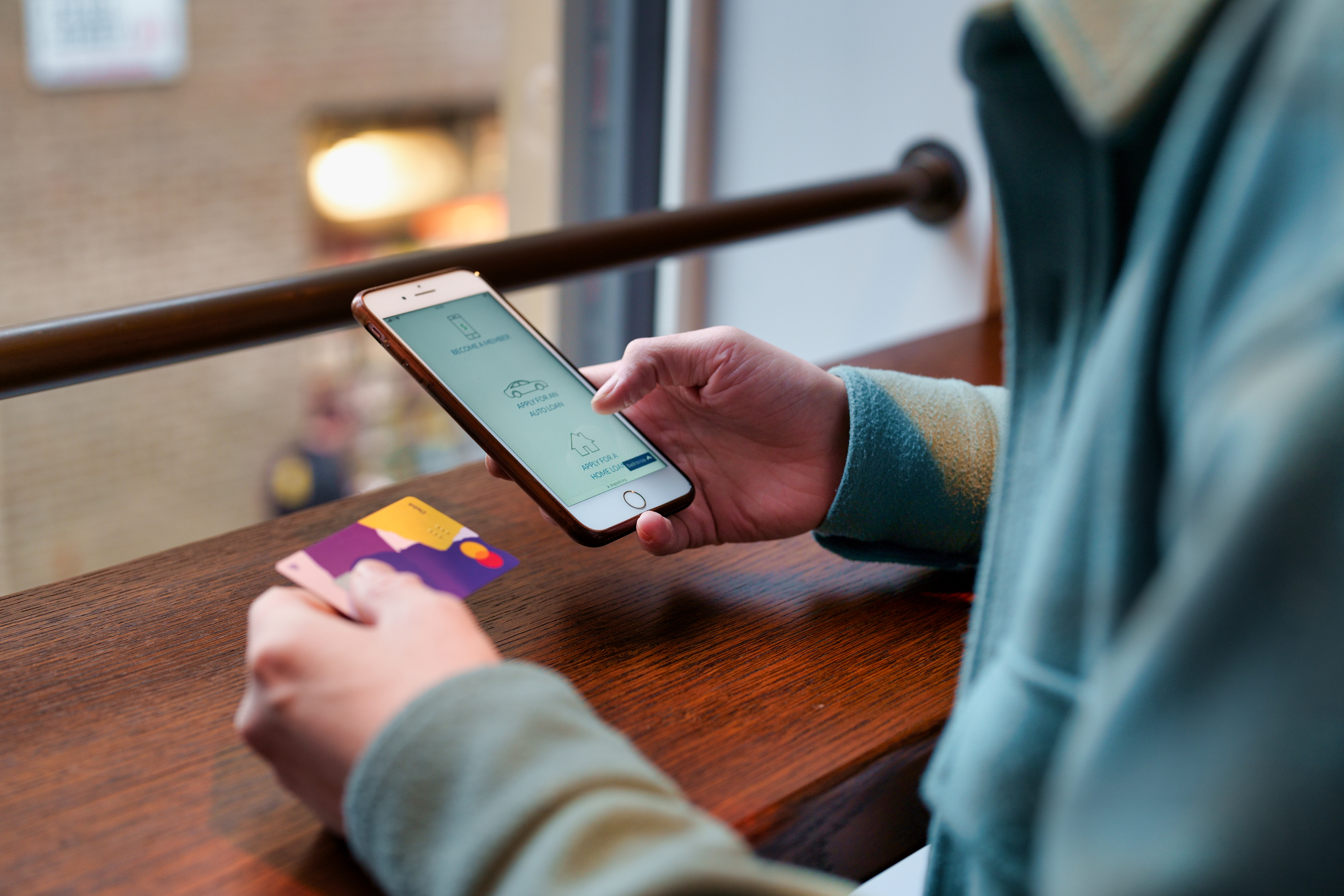
Bank scams are an unfortunate and infuriating reality of our modern world. The lasting impact they can have is far reaching, with some victims losing everything from their homes to their treasured relationships with friends and family.
Despite what many people believe, anyone at any age can be affected. In fact, reports have found that people aged 18-59 are more likely to lose money to fraud than people over 60. From phishing to fake check scams, we need to keep our eyes open for fraudulent activity that can drain us of our hard-earned cash.
Do you think you’ve been scammed?
Before we go any further, if you’re worried that you’ve been scammed there are a few things you can do:
Contact your bank right away to report the scam and follow their advice on what you should do next.
Change any login details (like usernames and passwords) you think might have been compromised.
If you think you’re in danger, call the relevant authorities.
Monitor your accounts and credit reports closely for any signs of fraudulent activity.
You should also report the scam to the relevant authorities, such as the Federal Trade Commission (FTC) in the US or Action Fraud in the UK.
What are bank scams?
When we talk about bank scams we mean a type of fraud that involves duping individuals into giving away their money or personal information. Scammers do this in several different ways, including sending fake emails or text messages and phone calls posing as bank employees. Gary Hunter, Staff Security Engineer at Trustpilot says this spike isn't a surprise: "The Covid-19 pandemic drove many fraudsters online in order to continue making an income. This has led to a dramatic and not unexpected rise in digital fraud, anything from fake goods or online stores to bank fraud".
Examples of bank scams
Phishing: You get an email or text message that appears to be from a legitimate bank or financial institution. That might seem normal as most of us get messages from our banks all the time. But they often include links that take you to a fake website that looks like the real thing. You’ll be asked to input your details, like your bank account number or login credentials, which the scammers can then use to access your accounts.
Imposter scams: In these types of scams you might get a text, email or a phone call from a real person claiming to be a bank employee warning you that there is something strange going on with your account. They might ask you to transfer your money to another account to keep it “safe”. The urgent tone and fear of losing money can lead people to act without thinking.
Fake checks: A scammer sends you a fake check and asks you to deposit it into your bank account. They then ask you to refund them the overpayment, usually in the form of a wire transfer. The checks will eventually bounce, leaving you on the hook for the entire amount.
Card skimming: A scammer attaches a device to an ATM or gas pump that can read your card information when you swipe it. They can then use this information to make unauthorized purchases or withdrawals.
Charity scams: Fraudsters prey on your generosity to dupe you into donating money to a fake charity. We go into more detail on charity scams and how to avoid them in our charity scams guide.
Learn how to spot the signs
As we’ve already seen, there's an endless (and ever-growing) list of bank scams out there, meaning the methods the fraudsters use will vary too. That being said, there are still some common red flags to look out for, including:
Unsolicited phone calls, emails or text messages from unknown senders
An urgent or threatening tone
Requests for personal information, such as your bank account number, Social Security number, or login details
Anything that seems too good to be true, like a high-value gift
Requests for money or other forms of payment like wire transfers or gift cards.
Requests to transfer your money from one account to another
Anything that looks unfamiliar or suspicious in a message or on a website. This can include things like spelling errors.
How to protect yourself (and your bank account) from scams
Be wary of unsolicited emails or text messages
If you receive a message from an unknown sender, don't click on any links or provide any personal information. Even if the sender claims to be from your bank, always proceed with caution and look out for any signs that it might be a scammer. Learn more about text message scams here.
Keep your personal information private
Don’t share your bank account number, Social Security number, or other personal information with anyone unless you’re sure they’re trustworthy. Be careful with what you post publicly on social media too as you might give away information that could be used by fraudsters.
Use strong passwords
Make sure your passwords are strong and unique for each account you use. You could also consider using products like 1Password to help store and manage passwords.
Set up two factor authentication on your accounts
Two-factor authentication adds an extra layer of security which requires you to approve your login attempt in two different ways (like on your phone, an email code or via a dedicated app like Microsoft authenticator).
Keep an eye on your accounts for any suspicious activity
It’s also a good idea to regularly check your credit report for any signs of identity theft.
Trustpilot is a review platform that is open to all. The companies and profile pages referenced in this article are provided for informational purposes only and are not recommended, endorsed by, or representative of the views of Trustpilot. The Trustpilot companies linked in this post are expected to abide by Trustpilot’s Guidelines, but have not been reviewed for compliance.




